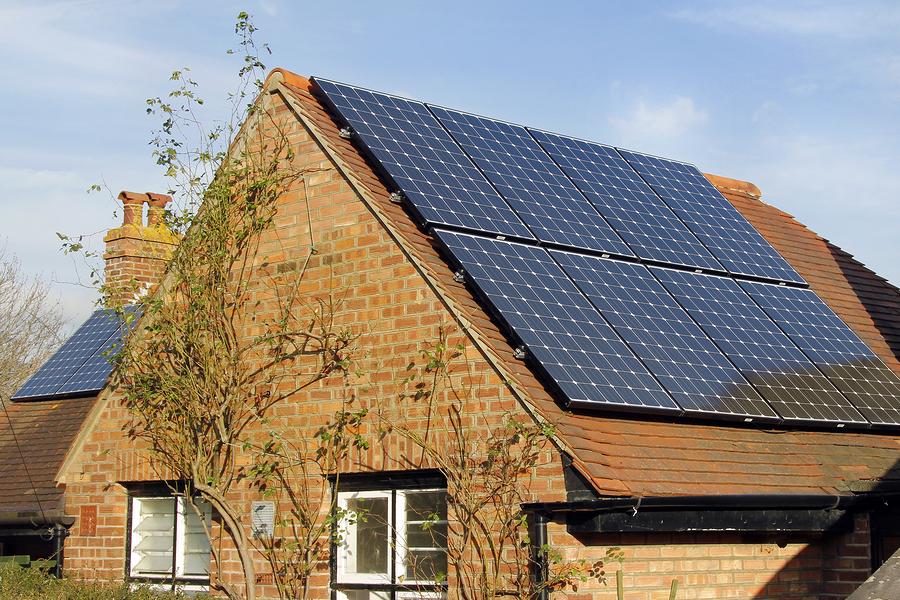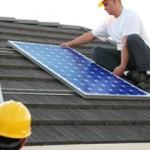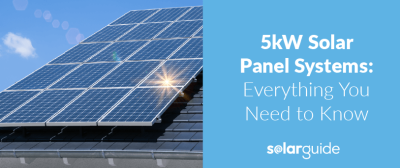Solar Power Diverters vs Solar Batteries

More often than not, solar panels generate higher amounts of energy than is needed around the home. Any excess is sent to the National Grid. When you buy this energy back from a supplier they will charge you nearly 3 times as much, so it makes sense to hold on to and use as much of your free solar energy as you can.
If you're looking to harness the excess energy being produced by your solar panels then there are a couple of technologies available that allow you to do so, but in very different ways. In this article, we've put the two technologies head-to-head; it's Solar Power Diverters vs Solar Batteries.
Furthermore, If you'd like to speak to a solar installer in your area who can provide tailored advice and a free installation quote for a solar battery, complete our enquiry form now and we'll put you in touch with up to 4 MCS certified (or equivalent) accredited companies today. This will help you get a better understanding of the solar battery storage prices involved in your installation.
Solar Power Diverters vs Solar Batteries: How Do They Work?
While your solar panels are busy generating electricity from the sun's light to be used around the home, solar power diverters and solar batteries both step in when there's a surplus of energy.
In the case of solar power diverters, they're monitoring the amount of energy being used in the home as well as how much is being generated by the solar panels. At the point where there's more being generated than used then the following happens:
- Surplus energy gets diverted to an immersion heater in the hot water tank
- Water in the cylinder gets heated with free energy
- It will keep doing this until an appliance around the home needs the energy, they're always the priority
Solar batteries, on the other hand, act in a different way when there's a surplus:
- The battery will begin to charge, storing energy that your home can make use of when the solar panels aren't producing electricity
- Once the battery is fully charged, electricity will be sent to the National Grid
- Should the battery run out of charge, you'll need energy from a supplier
What Are the Benefits?
Each of these technologies offer benefits that are specific to them but several overlap:
- Reduce energy bills
- Export less to the National Grid
- Buy less energy from your supplier
A solar power diverter allows for your heating system to enjoy the benefits of solar energy, meaning that your boiler won't have to work so hard. You'll also be working your way towards free hot water.
Having a solar battery means that when your solar panels aren't generating any power, you have an energy source that's not a supplier. Should there be a power cut then you know that you've got enough backup energy to see you through.
To give you peace of mind with a solar battery, they're normally available with a lengthy warranty so should anything go wrong you're covered.
Points to Consider
Solar power diverters are a fairly new technology so we're probably still a little way from seeing them at their most efficient. While the vast majority of models are close to being 100% efficient, you won't find one that is at the moment, so they'll be losing a small amount of energy.
The longest amount of time that you could look to get out of a solar battery is around 10-15 years, which isn't as long as the solar panels themselves. To get as much life as possible out of your solar battery, it's worth making a note of the following:
- Must be kept charged to an optimum level
- Require regular power boosts
- Kept at a certain temperature
- Have to be stored away from the weather
How Much Do They Cost?
Of the two, solar batteries come with the higher cost, starting at around £500 and stretching to as much as £5,400, without the price of installation. Solar power diverters on the other hand, are more in the region of £199 to £320 making them the much cheaper option.
Meet the Manufacturers
The Solar iBoost is one of the most desirable power diverters available and costs around £300 with a 2 year warranty. As other manufacturers become more aware of the technology, we should be seeing an increase in competition.
The Tesla Powerwall 2.0 is one of the most powerful solar batteries on the market, with a capacity of 13.5kW and if that's not enough then you can have up to 10 units installed at once. Find out about some other solar batteries available in the table below:
| Supplier | Capacity | Warranty | Cost |
| Tesla Powerwall 2.0 | 13.5 kWh | 10 years | £5,400 |
| Samsung SDI | 3.24 kWh | 5 years | £3,500+ |
| Sonnen Batterie Eco | 4-16 kWh | 10 years | £4,500+ |
| Enphase | 1.2 kWh | 10 years | £1,000 |
| LG Chem Resu 6.5 | 4.9 kWh | 10 years | £3,600 |
| Powervault G200 | 2-6 kWh | 10 years | £2,500 |
You can find out who makes the best solar battery with our guide.
Which One is for You?
If you're looking to disconnect from the grid entirely then neither of these options will give you that opportunity but both do bring your home closer to self-sufficiency.
If you're looking for the cheapest way of using some of the surplus energy generated by your solar panels, then a Solar Power Diverter is probably for you. You'll be making use of more energy as well as taking some of the workload off your boiler, with the added bonus of having a source of free hot water.
While solar batteries come with a higher cost, they are much more powerful than solar power diverters and in all likeliness will be able to store much more energy than a power diverter will be able to use to heat up your water supply.
If you're currently generating energy for your home with solar panels but don't have a way of utilising any surplus then both are well worth considering. While these two pieces of technology work in different ways, either one will be providing you with a way to save money on your energy bills and get even more out of your solar panels.
Find local, MSC certified Solar Installers
Start your quote
Find local, MSC certified Solar Installers














